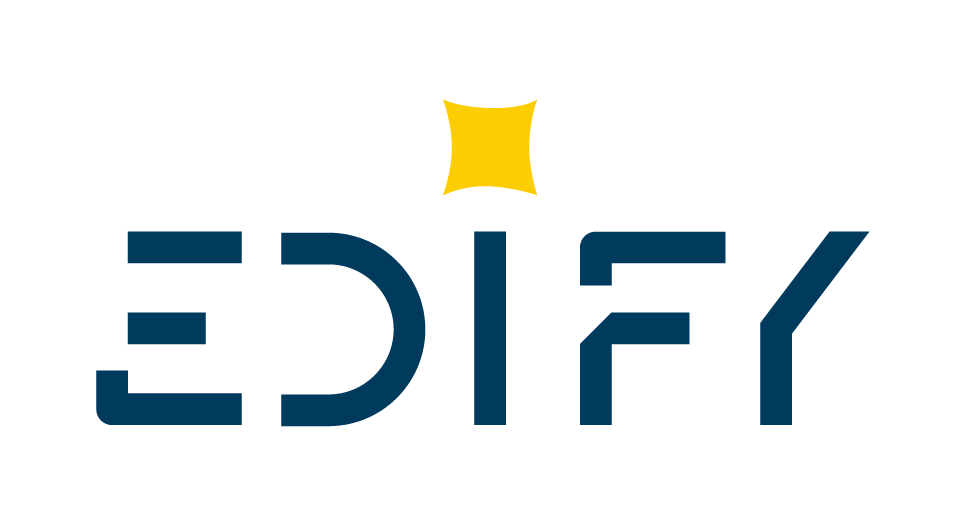The C&T Course is organised into laboratory sessions aimed at verifying adequate photonic integrated circuit fabrication results, in order to discover how a device respects the design specifics. This is usually done through testing and electronic measurement sessions on the device, in order to provide an accurate outline of circuit performance.
QOPHI LAB TESTING 1-15 JULY 2021
Lab Manager: David Alvarez Outerelo
QOPHI LAB DATA ANALYSIS 19-30 JULY 2021
Lab Manager: David Alvarez Outerelo
Technical analysis: Francisco J. Diaz-Otero
QOPHI LAB TESTING SESSIONS: Complete optical testing will be performed at signal frequencies up to 40 GHz frequency, using different types of light sources (lasers, LEDs) at different wavelengths in the near infra red. Moreover, complete electrical testing – low and high electrical frequency testing, signal processing, multi probe testing stations will also be part of the traning.
Photonic testing can be done not only at circuit level but at component level too. Typical testings we can perform are listed (but not limited to) below:
- Passive waveguide devices: coupling and propagation losses (insertion / excess losses), cross-talk, polarization dependence, spectral response, etc.
- Photodetector responsivity, dark current, noise, etc.
- Modulator speed, extinction ratio, linearity, etc.
- Laser biasing, power, tuning range, linewidth, noise, etc.
QOPHI LAB DATA ANALYSIS: Collected data will be assessed against simulations and results used to optimize simulations. Once data are validated, a feedback process going back to the optical and RF tables will allow the student to validate and refine results.
This analysis will be done for:
- Passive waveguide devices
- Photodetectors
- Modulators
- Lasers: DFB and DBR

